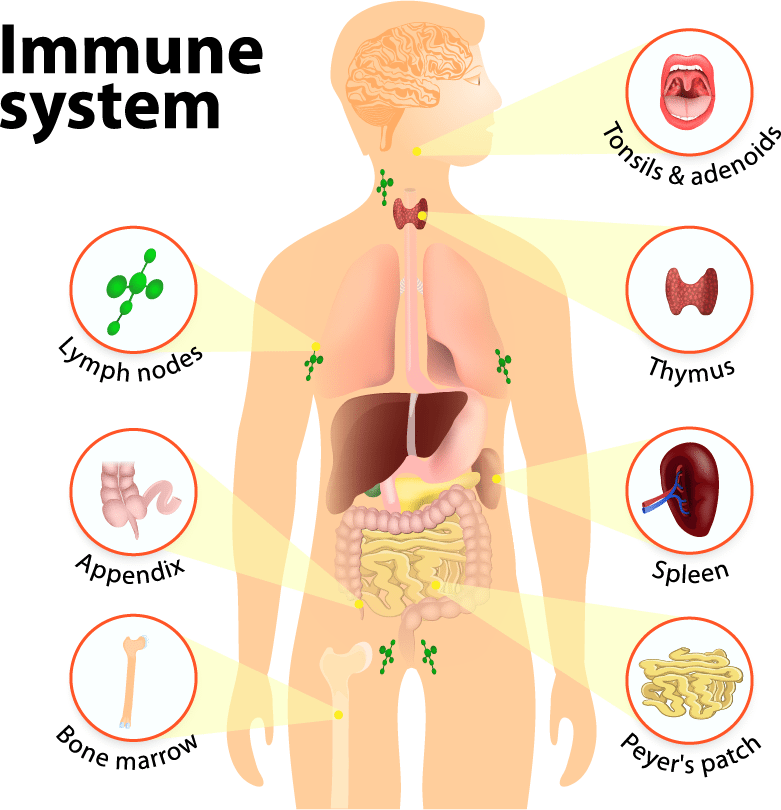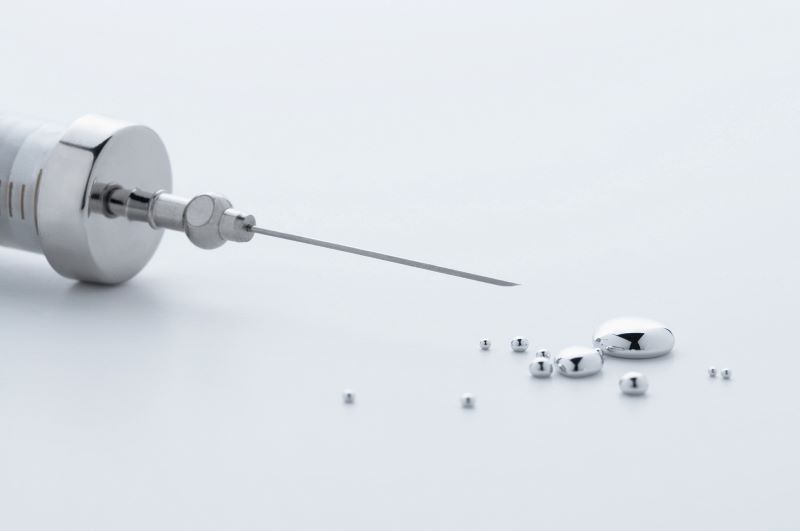Short answer: A vaccine can produce antibodies that will fight the infectious agents that cause the disease, even before they are actually infected. If infection, the body will be able to react more quickly and kill the infectious agents before reaching the whole body.
“Vaccine,” a word that is causing a lot of anchoring right now, in the midst of a global pandemic. Do well, according to the World Health Organization (WHO), vaccination would helpprevent between 2 and 3 million deaths each year worldwide. This figure gives the whirlwind and can make teeth snap while to date, no vaccine has been found to stop the progression of Covid 19 which is still brutally rampant in several countries of the world …
The immune system knows how to defend itself…

But then how does a vaccine actually work? To understand how vaccination works, we need to focus 2 seconds on our immune system, the main safeguard of our health. Within this defense system are white blood cells, cells produced by the bone marrow. Among them are B lymphocytes that produce specific antibodies (complex protein) to detect and neutralize the microbes that cause the disorder in our body. What is incredible about the immune system is that it knows how to recognize a microbe if it has already passed through our body and can, in fact, react more quickly to eliminate it in a future intrusion. This is called “acquired” or “adaptive” immunity.
… but defends too late
The problem is that the reaction time of the immune system to eliminate pathogens in the body is too long (a few days) and does not prevent the installation of a disease in the body that can be fatal.
This is where the vaccine comes in containing the bacteria, viruses or toxins responsible for disease, with the only difference that they are killed or deactivated. It may happen that only part of the microbe is included in the vaccine. Vaccination will therefore train our immune system to defend itself against these same bacteria, viruses or toxins, without causing disease to our body.

As with learning at school, we need “recall stings” to keep our gains. It’s the same with vaccination. Vaccination reminders every 5 or 10 years after a first injection will allow the body to maintain its defence gains and avoid contagion with other unvaccinated people.
2 types of vaccines
Indeed, there are two types of vaccines that target different diseases. The mode of administration is also different depending on the targeted pathogen: intramuscular, subcutaneous, intradermal, oral or even intranasal. The vast majority of vaccines are delivered intramuscularly at the deltoid level.
Live vaccines attenuated

As the name suggests, this type of vaccine contains a live infectious agent whose virulence has been weakened by a series of treatments. Fast and durable, they cause immune protection close to natural infection. It can create benign diseases but does not trigger vaccine infectious disease.
Examples of diseases involved: MMR (measles, mumps, rubella), yellow fever, chickenpox, BCG…
As a theoretical precaution, these vaccines are contrast-indicated in pregnant women and immunosuppressed individuals.
Vaccines “inactivated”

Unlike live attenuated vaccines, inactivated vaccines contain infectious agents killed by physical and chemical processes. They are completely harmless but trigger a defense reaction of the immune system. Several injections are usually required (first injection and booster injections) to cause sufficient immunization.
Examples of diseases involved: polio, tetanus, diphtheria, whooping cough, influenza, hepatitis A/B…
Additive in vaccines

The infectious agent is not alone in the vaccine product, additives are present to improve its reliability. For example, preservatives and antibiotics prevent contamination and maintain the quality of vaccines throughout the manufacturing chain until it is administered. Other adjuvants may be present in some vaccines to increase the immune response to bacteria, viruses or toxins present in the vaccine.
Fear of adverse effects of these adjuvants or substances fuels the discourse of anti-vaccination skeptics. At the head of the bridge the use of aluminum salts in vaccines offering a better immune response remains much criticized by anti-vaccines but not that… We’ll come back to that in a future article.






